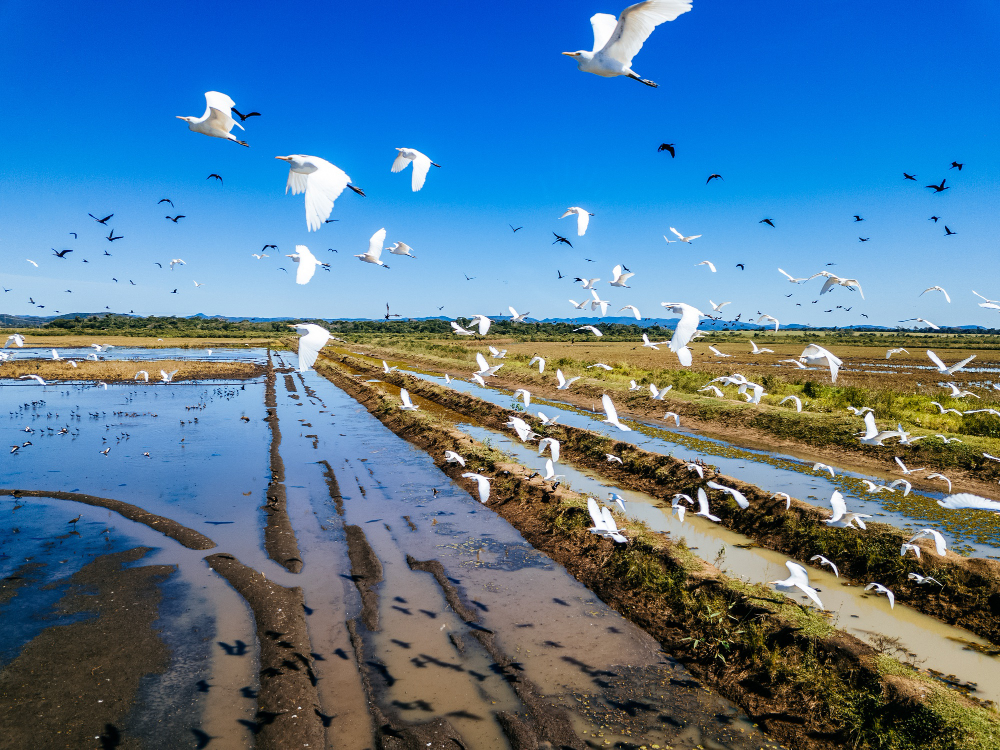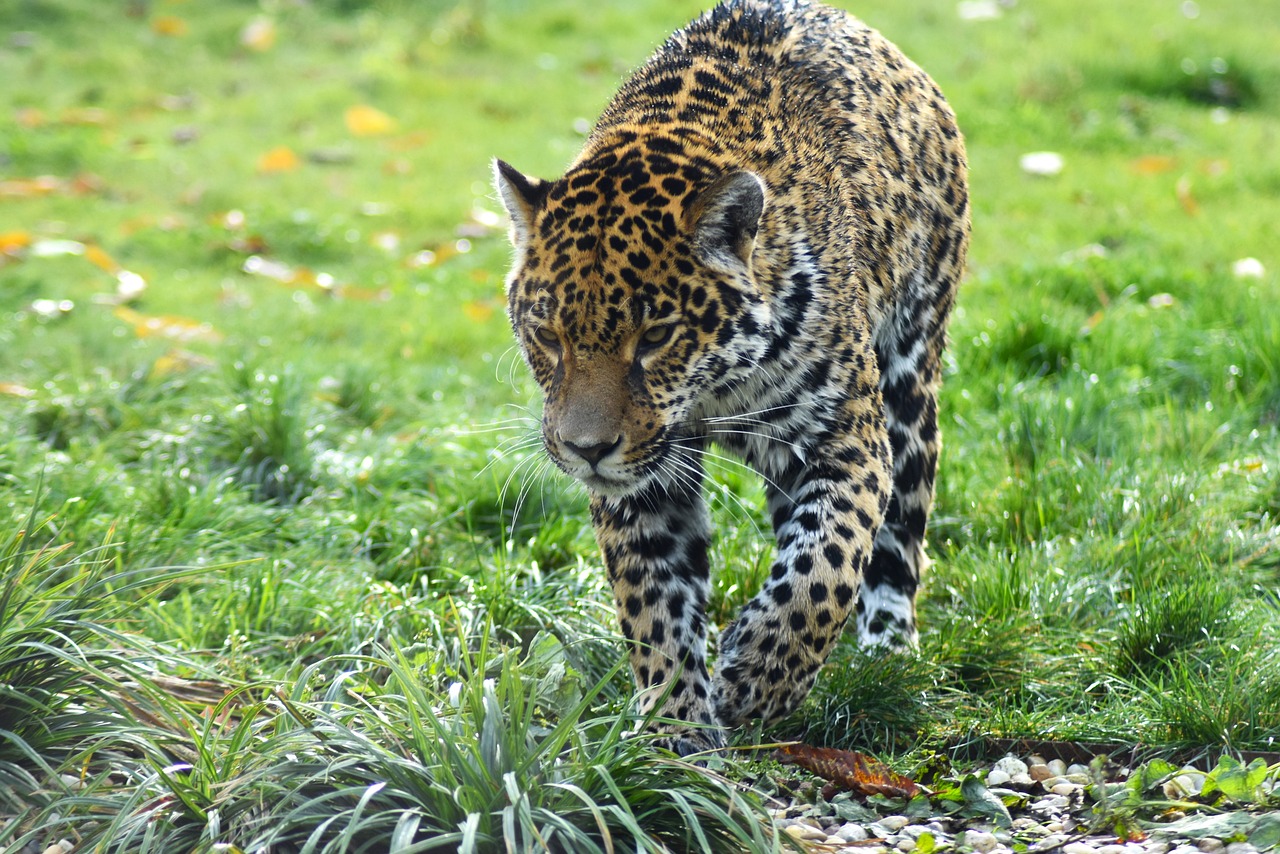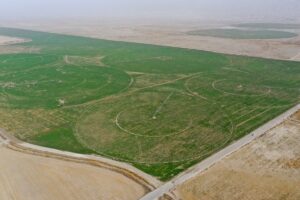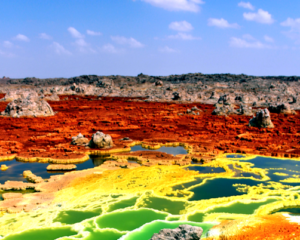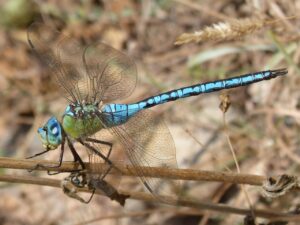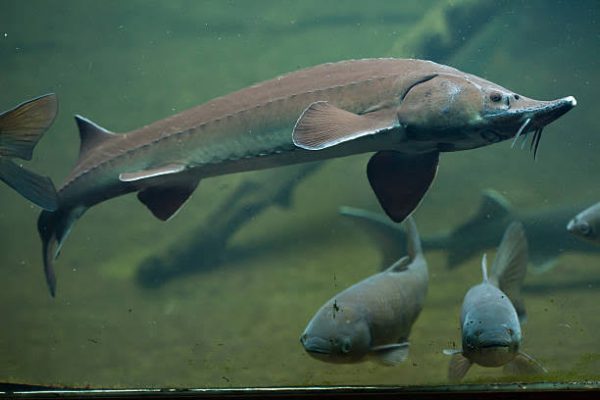 Pin
Pin Sturgeon: This fish is found in the Northern Hemisphere and lives in both salt and fresh water. The Atlantic sturgeon is found in the Eastern Atlantic and the Mediterranean and Black Seas. It spawns in rivers but is now very rare because of pollution and overfishing. The larger beluga, which grows to 5m, lives in the Caspian and Black Seas. The sturgeon can lay about 5 million eggs, and humans enjoy these as expensive caviar.
Why do some Animals lay millions of eggs? An egg breaks open to reveal the way to a bright new world. Fluffy, feathery, scaly and horny creatures of all kinds burst into life from eggs in the warm sand, swaying tree tops or even deep in the sea.
Of these the oldest is the turtle. Its ancestors crawled among the giant animals which roamed the Earth in prehistoric times. Danger lurks from the moment turtles hatch underground in warm countries. As the babies with their soft armour crawl to the sea, hungry birds pounce upon them. Once in the sea, big fish are waiting with eager mouths. Only the luckiest survive.
Speed is the ostrich’s answer to danger — not a head buried in the sand. It skims at 60 kilometres per hour over the African sandy grasslands with 5 metre strides. At mating time, the male takes several wives who lay 1.4 kilogram eggs in a sandy cavity. Hatched in six weeks, the chicks soon travel in coveys with the adults.
The lizard is swift, too. One desert lizard in North Africa dashes from bush to bush — not only to find food or escape its enemies, but to keep out of the scorching Sun. Unable to sweat to cool its body, it would die in the blazing desert sun in about 10 minutes.
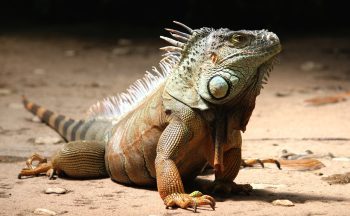 Pin
Pin Lizards: Most of these orders of reptiles live on insects. Some lay eggs while others have the young hatching inside the parent’s body. Lizards can shed their tails in an emergency and many have special characteristics. The chameleon changes colour for camouflage, and the Gila monster has a venomous bite when severely provoked.
Hog-nosed snakes of eastern North America meet danger with bluff. Pretending to be bold they swell up, strike and hiss. But when attacked, they lie on the ground playing dead. Although these snakes are egg layers, some kinds give birth to live young.
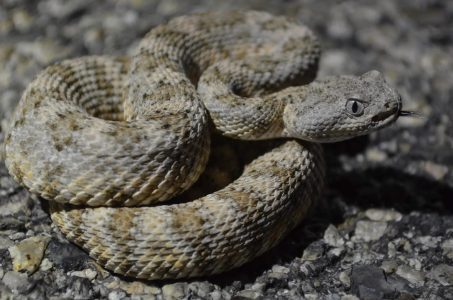 Pin
Pin Snakes: These reptiles do not have legs or ear membranes while their eyes are permanently protected by transparent eyelids. Eggs are laid in warm places in clutches of 20 to 100 or incubated inside the body until ready to hatch.
Penguins cannot fly, but they are birds. In the sea, they swim in a kind of underwater flight around the bleak Antarctic coasts. Most of the incubating is done by the male on eggs in a nest of stones.
Penguins: There are some 15 species of this flightless bird, found only in the cold Antarctic waters. They breed in colonies and each bird usually lays two eggs which are incubated by huddling between the feet and belly. They feed by diving for fish.
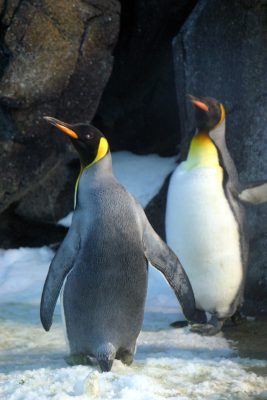 Pin
Pin Ants, on the other hand, can fly — but not for long. Young winged males and females fly from their birth-nests to make-a new colony. After the flight the males die. Before laying their eggs in a crevice or under bark, the queens remove their wings.
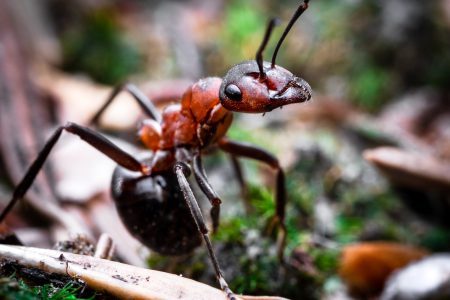 Pin
Pin Ants: With over 6,000 species and over 10 million inhabitants in a single colony, there are far more ants in the world than people. Most colonies have just one fertile female — the queen, and she is really just an egg-laying machine. The eggs are tended by worker ants which are infertile females. They also gather food and protect the nest from attack. Males develop from unfertilised eggs. All they do is fly away from the nest to find a queen with which to mate.
For records in egg laying it would be hard to beat the Sturgeon, a fish which can produce as many as five million eggs each time. Pickled, these are an expensive delicacy — called caviare. Humans enjoy this, and a small type of sea anemone eats sturgeons’ eggs too by burrowing inside the soft shells.
The feature of multiple egg laying has a logical explanation. The number of eggs produced by an animal depends on the risks to which they, and the young that hatch from them, are exposed. So while some animals lay only one egg at a time, those like the turtle and sturgeon lay thousands or even millions to ensure that at least a lucky few will survive the attacks of predators or other dangers.
Turtles, Tortoises: The oldest order of living reptiles in the world. As a general rule tortoises are land creatures while turtles are found in marine and fresh water. Turtles lay their eggs well up on the shore and the hatchlings must survive a very hazardous journey to reach the safety of the water. In tropical countries the tortoise lays its eggs in mud to incubate in the Sun. Both groups vary in length from about 10cm to 2m.
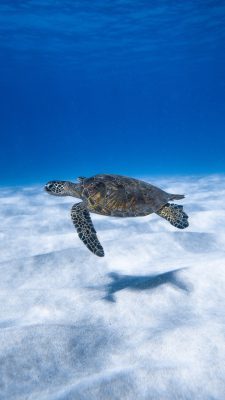 Pin
Pin 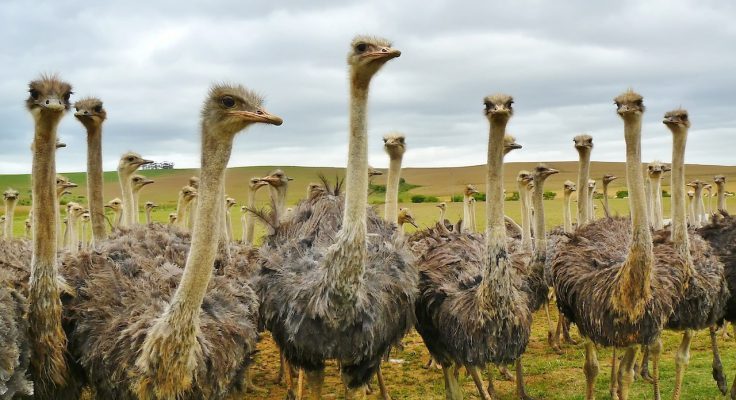 Pin
Pin Ostrich: The world’s biggest living bird although it cannot fly. Nearly 3m tall, weighing 160kg, it is found only in Africa. It lives on dry, open plains and escapes danger by running. Ostriches lay the biggest eggs in the world (about 17cm long) and these are often laid in one nest by several females. The hot sunshine is sufficient to incubate them.
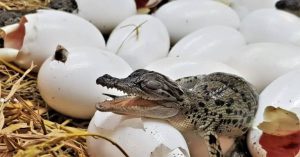 Pin
Pin Crocodiles: These large aquatic reptiles are the closest living relatives of the dinosaur. Quite sluggish on land they can move at alarming speed in the water. Food is ground up by stones in the stomach which the crocodiles have swallowed. Their small white eggs are laid in warm sand to incubate. As our photo shows, the young are alert from the moment of hatching!
Duck-billed platypus: One of the monotremes — primitive mammals that lay eggs — it is found in eastern Australia and Tasmania only, which isolated it from an evolutionary point of view. About 45cm long with a flattened 15cm tail, it searches out food with its bill. Eggs hatch after about 10 days and the young suck milk that oozes from the skin of the mother’s belly.
 Pin
Pin 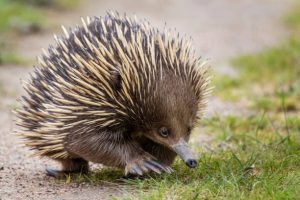 Pin
Pin Spiny ant-eaters: There are five species. Also monotremes, they live in tropical rain forests in New Guinea, Australia and Tasmania. Two eggs are laid with a rubbery shell. After laying, the mother uses her beak to transfer the eggs to a kangaroo-like pouch on her belly where they will develop. The animal is also known as the echidna.
There are several reasons why some animals lay millions of eggs:
- 1. Survival strategy: Producing a large number of eggs increases the chances of survival for offspring. Many of these animals have a high mortality rate, and by laying millions of eggs, they increase the likelihood that at least some of them will survive to adulthood. This ensures the continuation of the species.
- 2. Predation and environmental threats: Animals that lay millions of eggs often live in environments where predation and environmental factors pose a high risk to offspring survival. By producing a large number of eggs, they compensate for the high mortality rate caused by predators, diseases, or other adverse conditions.
- 3. Limited parental care: Some animals invest little or no parental care in their offspring. Instead, they rely on sheer numbers to increase the chances of survival. These animals typically produce small, nutrient-poor eggs that are numerous but receive no subsequent parental investment.
- 4. Offspring dispersal: Laying millions of eggs increases the likelihood of offspring dispersal to new habitats or areas. This dispersal allows the species to colonize new territories and adapt to different environments, enhancing their chances of survival and avoiding competition with closely related species.
- 5. Lack of internal fertilization: Many animals that lay large numbers of eggs, such as fish or amphibians, rely on external fertilization. As external fertilization often occurs in aquatic environments, where eggs are released into the water, a large number of eggs is required to increase the likelihood of successful fertilization.
It is important to note that not all animals lay large numbers of eggs. Many species adopt different reproductive strategies based on their specific ecological niches and the challenges they face in their environment.
There is no direct relationship between the size of an animal and the number of eggs it lays. The number of eggs laid by an animal is determined by various factors including its reproductive strategy, ecological dynamics, and evolutionary pressures.
Some animals with larger body sizes may lay a larger number of eggs as they have more resources and energy reserves to invest in reproduction. However, this is not always the case. For example, some small insects or fish species may produce a significantly larger number of eggs compared to larger animals. This is because these smaller animals have higher predation rates and lower survival rates of their offspring, so they compensate by producing more eggs to increase the chances of survival for at least some of their offspring.
Reproductive strategies also play a role in determining the number of eggs laid. Some animals, like mammals, give birth to live young instead of laying eggs. Others, like birds or reptiles, lay a relatively smaller number of eggs but invest more time and energy in caring for and protecting their offspring. These strategies depend on the specific needs and adaptations of each species.
Overall, the relationship between an animal’s size and the number of eggs it lays is complex and depends on a multitude of factors. It is influenced by the species’ evolutionary history, ecological niche, and reproductive strategy.
Some animals that lay millions of eggs include:
It’s important to note that while these animals can lay millions of eggs, not all of them survive to adulthood, as they may fall victim to predation, environmental factors, or lack of resources.
The animal known to lay the largest number of eggs in a single reproductive event is the olive ridley sea turtle (Lepidochelys olivacea). On average, a female olive ridley sea turtle can lay between 100 to 150 eggs per nesting event. However, there have been exceptional cases where female olive ridley sea turtles have been recorded to lay more than 200 eggs in one nesting event.
Frequently Asked Questions about Animals that Lay Millions of Eggs:
Some animals have the ability to lay millions of eggs at a time. The most notable examples are certain species of fish and invertebrates like insects and aquatic organisms.
Animals that lay millions of eggs have evolved this reproductive strategy as a means of increasing their chances of successful reproduction. By producing a large number of eggs, they ensure that at least a few will survive and reach maturity.
The process of egg-laying, also known as oviposition, varies depending on the species. In fish, for example, females release their eggs into the water where they are fertilized externally by the males. Insects deposit their eggs on or near a suitable food source or habitat conducive to their larvae’s development.
No, typically not all the eggs laid by these animals will hatch and develop into offspring. The vast majority of the eggs laid will not survive due to various factors such as predation, unfavorable environmental conditions, or lack of resources.
There are several advantages to laying millions of eggs. Firstly, it maximizes the chances of at least some eggs surviving and propagating the species. Secondly, it compensates for the high mortality rate of eggs, ensuring a constant population. Lastly, it helps in colonizing new habitats or quickly repopulating areas after disturbances.
While laying millions of eggs has its advantages, there are also some disadvantages. Firstly, the high number of eggs increases competition among offspring for limited resources, decreasing individual survival chances. Secondly, the energy and resources required to produce such a vast number of eggs may exhaust the female, leading to reduced lifespan and reproductive abilities.
Different animals have developed various strategies to protect their eggs. Some fish species rely on scattering eggs over a large area, making it challenging for predators to consume all of them. Insects may use protective coatings or structures to shield their eggs, while aquatic organisms may attach them to underwater surfaces (e.g., rocks, plants) for protection.
Generally, animals that lay millions of eggs exhibit little to no parental care. Their reproductive strategy is primarily focused on producing a large number of eggs, allowing natural selection to determine which individuals can survive and reproduce.
Genetic diversity is crucial for the long-term survival of a species. While the likelihood of genetic diversity is increased with millions of eggs, it is not entirely guaranteed. Random mating among individuals, genetic mutations, and genetic recombination during fertilization contribute to genetic diversity within these species.
Yes, animals that lay millions of eggs can potentially become invasive species. Their ability to produce a large number of offspring facilitates their rapid colonization and spread into new ecosystems, which can have a detrimental impact on native species and ecosystems.
Remember, the traits and behaviors mentioned above may vary between species, and it is essential to study specific animals to gain a more detailed understanding of their reproductive strategies.
